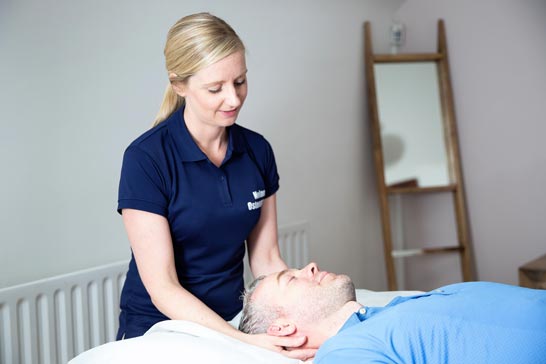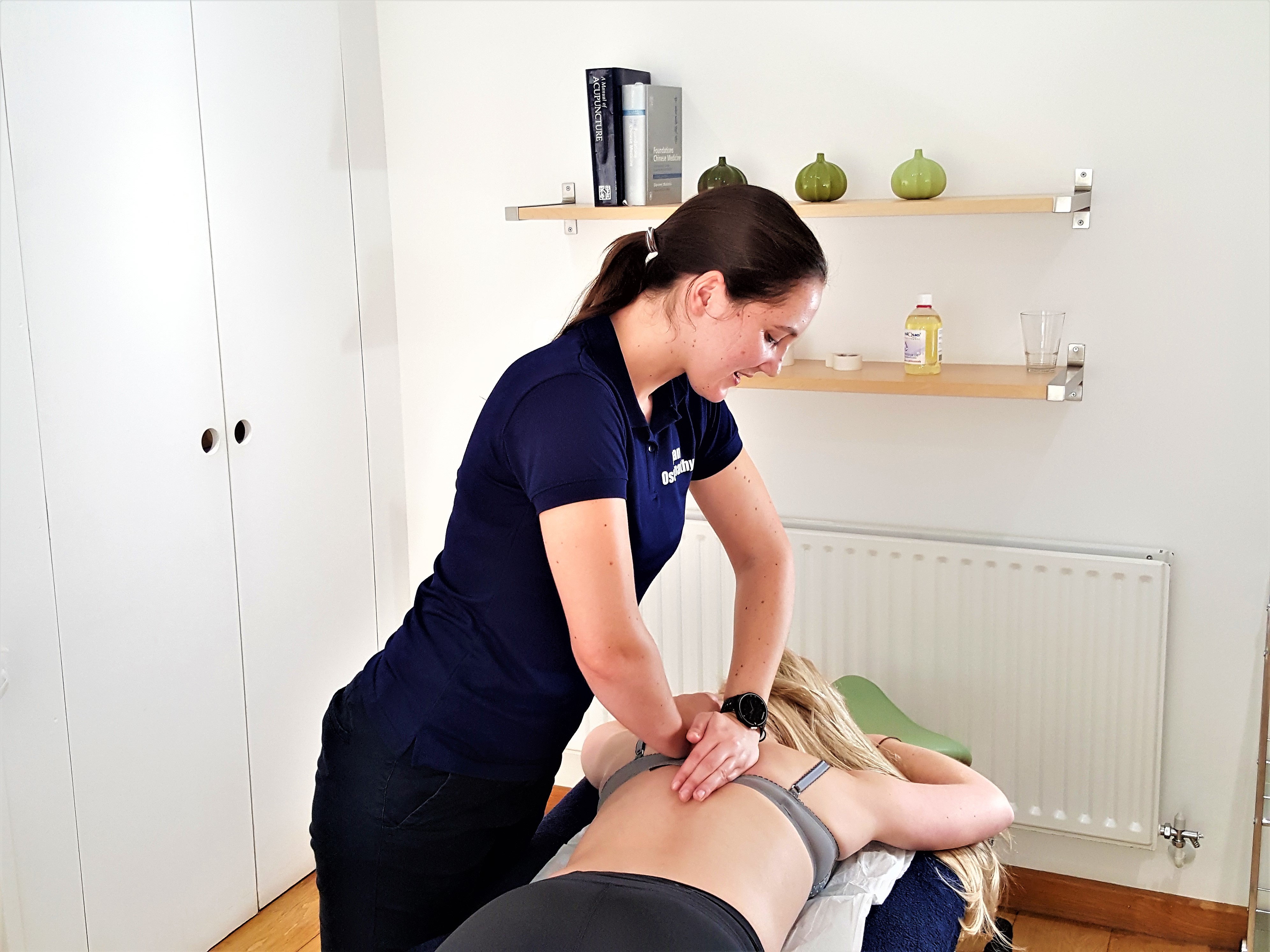The best way to sleep with lower back pain
May 1, 2021
Maria Nolan

Many people struggle to get a good night’s sleep and lower back pain is often a key reason.
The Sleep Council recommends that healthy adults should get 7 to 9 hours sleep per night. Children and teenagers need even more than this. This blog explains the best way to sleep if you have lower back pain.
How can I sleep better?
While there is no one right way to sleep, there are some sleep positions that we as osteopaths recommend to people who suffer with certain types of pain and medical conditions.
The best position to sleep is on your back or else on your side, especially if your lower back is feeling sore. Placing a pillow under your knees when on your back or between your knees when on your side will help ease the pressure on your spine.
Try to avoid sleeping on your stomach as this can constrain your neck and put pressure on the lower back. It can also cause headaches.
How should you sleep if you have lower back pain?
- The general consensus for many back problems is that sleeping on your back is the most comfortable.
- Keep a neutral position, with your spine aligned as if standing straight.
- Make sure your mattress is hard enough to stop you sinking into it.
- Adopting a foetal position and placing a pillow between your knees can also help ease pain for many patients.
The best mattress for sleeping with lower back pain
There is no one mattress type that works for everyone with low back pain. However, a good mattress should provide support for the natural alignment and curvature of the spine. If your body doesn’t have this support it leads to poor sleeping posture. It also causes bad alignment of the spine and pressure on the muscles and joints. These will all contribute to low back pain.
As osteopaths, we normally find a firm to medium mattress works best for most patients. This allows the spine to maintain its natural curves. A firm mattress can cause aches and pains on the neck, shoulder and back. If you have one of these, then getting some additional padding on top can improve comfort levels.
The best pillow for sleeping with lower back pain
If you like to sleep on your back, we recommend you use a pillow that has a medium level of firmness and thickness, which will keep your neck and spine well aligned. A really thick pillow will cause your head to rest at a bad angle, but if your pillow is too thin and soft, it will cause your head to sink too far back towards the mattress.
If you prefer to sleep on your side, use a pillow that is firm and thick to support your neck and keep it aligned with the spine. A pillow that is too soft will cause your neck and head to lie at a poor angle to your spine and this can lead to neck pain.
For advice and guidance on choosing a suitable mattress and pillow, please ask your osteopath. You’ll also find more useful information in our blog
We hope you find these little tips useful and informative. As always, if you have any questions about the above or the conditions we treat, please do not hesitate to get in touch.





